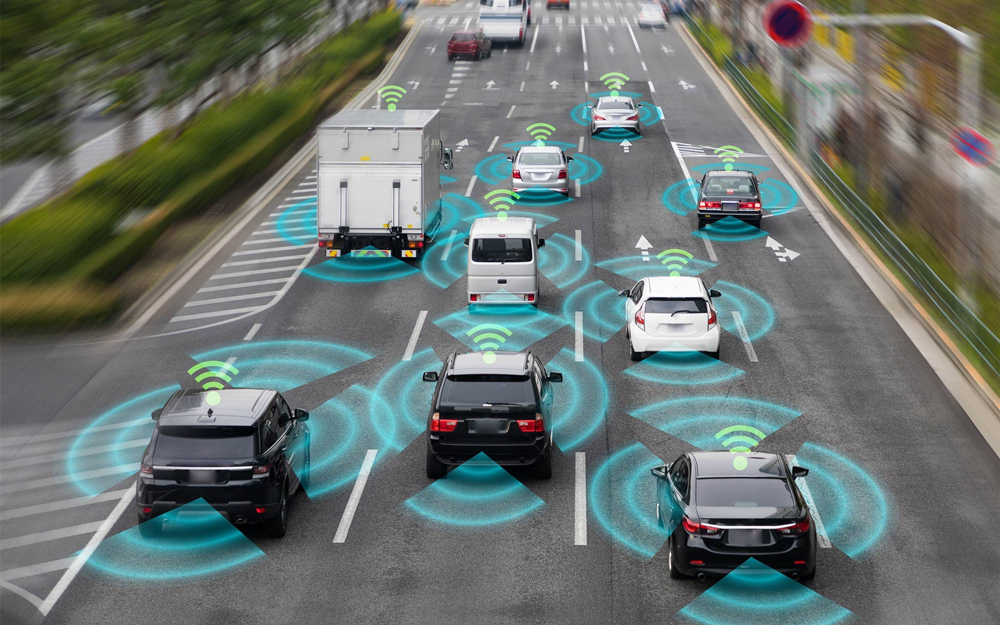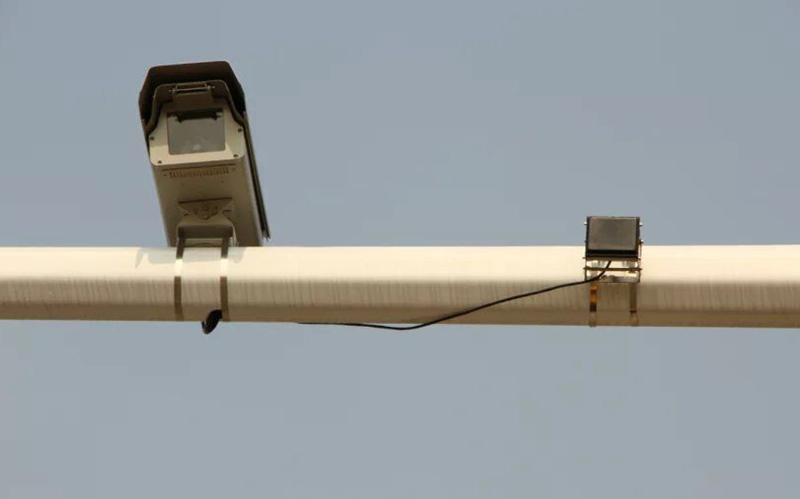Traffic sensor fusion technology: improving the accuracy of traffic data

With the intensification of urban transportation problems, intelligent transportation systems (ITS) have become the key to improving traffic efficiency and safety. Among them, multi-sensor information fusion technology has become the core means to improve the accuracy of traffic data due to its unique advantages in data collection, processing, and analysis. This technology utilizes multiple sensors to collect data from multiple angles and levels on the same object or environment, and then integrates and processes this data through specific algorithms to obtain more accurate and comprehensive information than a single sensor.
Data preprocessing and fusion algorithm
Data preprocessing is the first step in ensuring data quality, mainly including data cleaning, denoising, and normalization. Data cleaning is used to eliminate outliers and erroneous values; Denoising reduces noise in the data through filtering techniques; Normalization is the process of converting data from different scales to the same scale for subsequent processing. The selection of data fusion algorithms is equally important, and commonly used algorithms include weighted averaging, Kalman filtering, Bayesian estimation, and neural networks. These algorithms can effectively reduce measurement errors, improve data accuracy and reliability.
Multi source data correction and real-time processing
Multi source data correction solves the systematic error and random error between different sensors through time synchronization, spatial calibration and data correction. Time synchronization ensures the consistency of data over time; Space calibration ensures the consistency of sensor measurement results across geographical locations; Data calibration adjusts the data difference between different sensors through algorithms. Real time data processing enhances the practical value of data by monitoring, analyzing, and providing feedback in real-time to respond promptly to changes in traffic conditions. For example, by monitoring traffic flow and speed in real-time, intelligent traffic signals can dynamically adjust signal timing and optimize traffic flow.
Data Quality Assessment
Regular data quality assessments are key to ensuring data accuracy and reliability. Data integrity assessment checks whether the data is complete and whether there are missing values; Accuracy assessment verifies the accuracy of data by comparing data from different sources; Reliability assessment evaluates the performance of data under different conditions to ensure its stability and reliability.

Application scenarios
Traffic flow monitoring: Multiple sensors (such as video surveillance, radar, and ground sensing coils) are deployed on urban main roads. Through data fusion technology, traffic flow can be more accurately monitored, congestion points can be detected in a timely manner, and traffic flow can be optimized through intelligent traffic signal control.
Traffic accident warning: Combining data from onboard sensors and roadside facilities, real-time analysis of vehicle behavior and road environment is used to provide early warning of potential traffic accidents and safety tips for drivers. For example, by monitoring the distance and speed of vehicles through radar and cameras, timely warning signals can be issued.
Intelligent parking management: using geomagnetic sensors and cameras to monitor the usage of parking spaces, improving the accuracy of parking information through data fusion technology, and helping drivers quickly find available parking spaces. The system can also push free parking space information to users through mobile applications to improve parking efficiency.
Traffic signal optimization: Through multi-sensor data fusion, real-time monitoring of traffic flow and vehicle queue situation, dynamic adjustment of traffic signal timing scheme, reducing traffic delays and congestion. For example, by combining data from ground sensing coils and cameras, smart traffic lights can automatically extend the green light time and alleviate traffic pressure during peak hours.
Public transportation scheduling: Utilizing onboard GPS and passenger flow sensors to monitor the real-time location and congestion level of buses, optimizing bus routes and schedules through data fusion technology, and improving the service quality and passenger satisfaction of public transportation.
